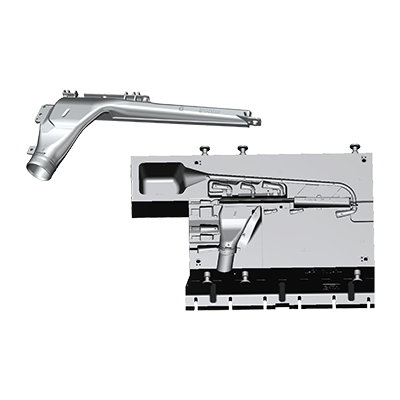If you are involved in the manufacture of Exhaust Pipes, you might be wondering how they are created. Exhaust pipes have a complex structure, and the inside cavity of a mold needs to be highly precise. To achieve this, 3D scanning technology is essential. By using 3D scanning technology, the mold maker can accurately determine the deviations from the design drawings. This process reduces labor costs while improving product quality.
Injection molds are important tools in the manufacturing of exhaust pipes for automobiles. These molds are designed to create a shape in plastic that will fit an exhaust pipe. They are also known as process inserts. Injection molds are generally used for special products with very high exhaust requirements during the manufacturing process. For example, a carbon fiber exhaust pipe mold is used for automotive engines. In this case, the mold has two small recesses at the front and back of the model. The head of the insert fits into these recesses.
The front mold has a convex gate. Without an exhausting level, trapped air will get trapped and burn the plastic. To address this, two small recesses on top of the convex gate should be molded into an insert structure. When the material flows to the G point, the insert structure discharges the trapped air out of the mold. It fits along with the fitting position of a small insert head.
A bad exhaust causes large back pressure, which prevents the plastic melt from filling the mold. A bad mold exhaust can also slow down the injection process, causing pressure holding time to increase and the cycle time to extend. This negatively affects production efficiency. Additionally, the corrosive gas in the mold can form a scale on the cavity surface, which decreases the life of the mold even under normal conditions.



 Pусский
Pусский Español
Español













